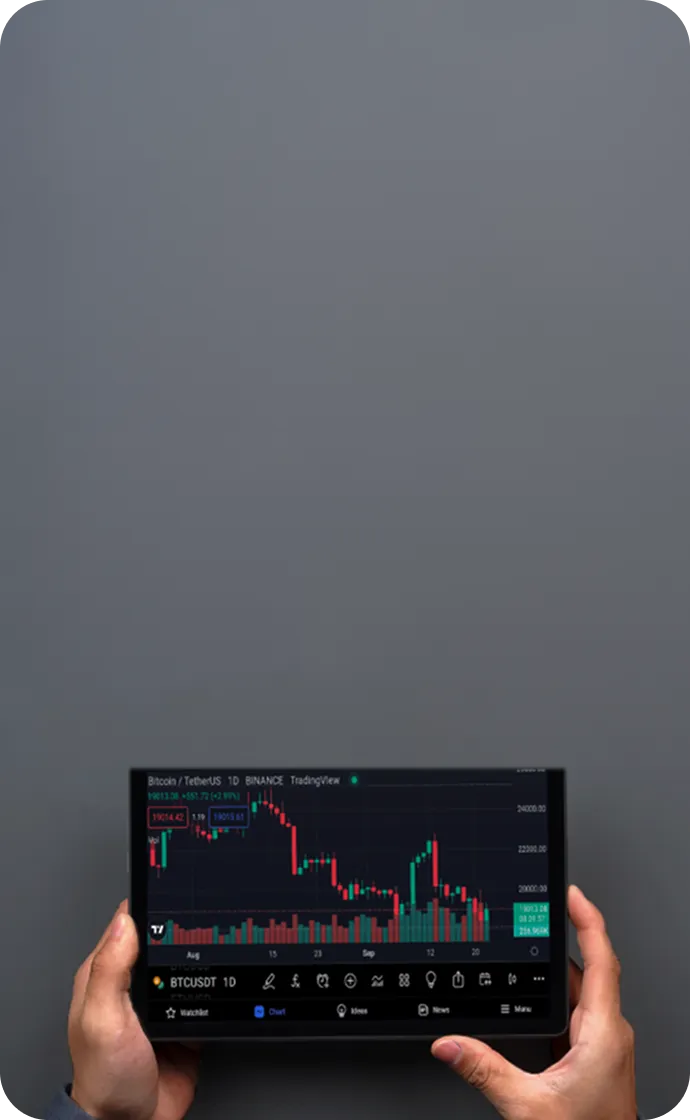

Gold Trading Strategies to Implement in 2025
Gold has consistently been a highly sought-after asset, valued not only as a store of value but also as a versatile trading instrument. Its distinctive characteristics make it a preferred option for traders aiming to hedge against inflation, diversify their portfolios, or leverage short-term price fluctuations. As we approach 2025, shifting market dynamics and sophisticated trading platforms offer fresh opportunities for effective gold trading. This article delves into practical gold trading strategies designed to help you successfully navigate the gold market in 2025.
Understanding Gold as a Trading Instrument
Before exploring trading strategies, it’s essential to grasp why gold remains a cornerstone in the trading ecosystem.
Safe-Haven Asset: Gold typically performs strongly during periods of economic uncertainty, serving as a hedge against currency depreciation and inflation.
Volatility: Gold'’s price is influenced by geopolitical developments, central bank policies, and the US dollar’s strength, providing ample trading opportunities.
Liquidity: Gold is among the most liquid assets globally, with extensive market participation.
Technical Analysis Techniques for Gold Trading
Trend Following
Apply moving averages (e.g., 50-day and 200-day) to identify prevailing long-term trends.
Watch for "golden crosses" (short-term moving average crossing above a long-term moving average) as bullish indicators and "death crosses" as bearish signals.
Support and Resistance Levels
Identify critical price points where gold has historically faced resistance or found support.
Use these levels to determine optimal entry and exit points.
MACD and RSI Indicators
Combine the Moving Average Convergence Divergence (MACD) and Relative Strength Index (RSI) to identify momentum shifts and overbought or oversold conditions.
Look for bullish divergence when price forms lower lows, but RSI or MACD forms higher lows.
Fundamental Analysis for Gold
Economic Indicators
Monitor key economic data such as:
Inflation Rates: Rising inflation generally supports higher gold prices.
Interest Rates: Elevated interest rates tend to pressure gold prices since gold does not generate yield.
Dollar Strength: Gold often moves inversely to the US dollar’s performance.
Geopolitical Events
Events such as conflicts, elections, or global financial crises typically boost gold demand due to its safe-haven status.
Central Bank Activity
Monitor central banks' gold reserves and monetary policy decisions, which significantly influence gold supply and demand.
Gold Trading Strategies for 2025
Day Trading Gold
Strategy: Capitalize on short-term price fluctuations by leveraging intraday volatility.
Tools: Utilize candlestick patterns, Fibonacci retracement levels, and Bollinger Bands to time entries and exits.
Swing Trading Gold
Strategy: Maintain positions for several days to weeks to exploit medium-term price trends.
Tools: Integrate fundamental analysis with technical indicators such as MACD and moving averages.
Hedging with Gold
Strategy: Employ gold as a hedge against market volatility or currency risk.
Example: If anticipating a weakening US dollar, a long gold position can offset potential losses in dollar-denominated assets.
Trading Gold ETFs and CFDs
ETFs: Gold ETFs such as SPDR Gold Shares (GLD) provide exposure to gold without the need to hold physical bullion.
CFDs: Contracts for Difference (CFDs) allow traders to speculate on gold price movements without owning the underlying asset, enabling leverage and short-selling strategies.
Risk Management in Gold Trading
Robust risk management is critical for successful gold trading.
Position Sizing: Limit exposure per trade to a small portion of your total capital (e.g., 1–2%).
Stop-Loss Orders: Implement stop-loss orders to mitigate losses from adverse price movements.
Diversification: Reduce risk by diversifying your portfolio beyond gold.
Monitor Volatility: Use volatility indicators like the Average True Range (ATR) to set appropriate stop-loss and take-profit thresholds.
Advanced Tools and Trends in Gold Trading
Algorithmic Trading
Leverage automated trading systems to execute trades based on predefined criteria such as moving averages or breakout points.
Social Sentiment Analysis
Analyze social media and sentiment metrics to assess market psychology and anticipate short-term price trends.
Blockchain and Tokenized Gold
Explore tokenized gold platforms enabling fractional ownership and seamless trading of digital gold assets.
Sustainable Gold Investment
With growing environmental awareness, track developments in sustainable gold mining and their influence on market demand.
Conclusion
Gold trading in 2025 combines traditional methodologies with innovative tools to capitalize on price dynamics. By integrating technical analysis, fundamental insights, and cutting-edge trading technologies, traders can navigate the evolving market landscape effectively. Whether you’re a day trader, swing trader, or long-term investor, applying these strategies can enhance your success in the dynamic gold market.
Ready to start trading gold in 2025? Discover TMGM’’s comprehensive trading platform, featuring advanced tools, competitive spreads, and access to gold trading CFDs to elevate your trading strategy.
Trade smarter, trade gold—with TMGM.
Trade Smarter Today






Account
Account
Instantly



